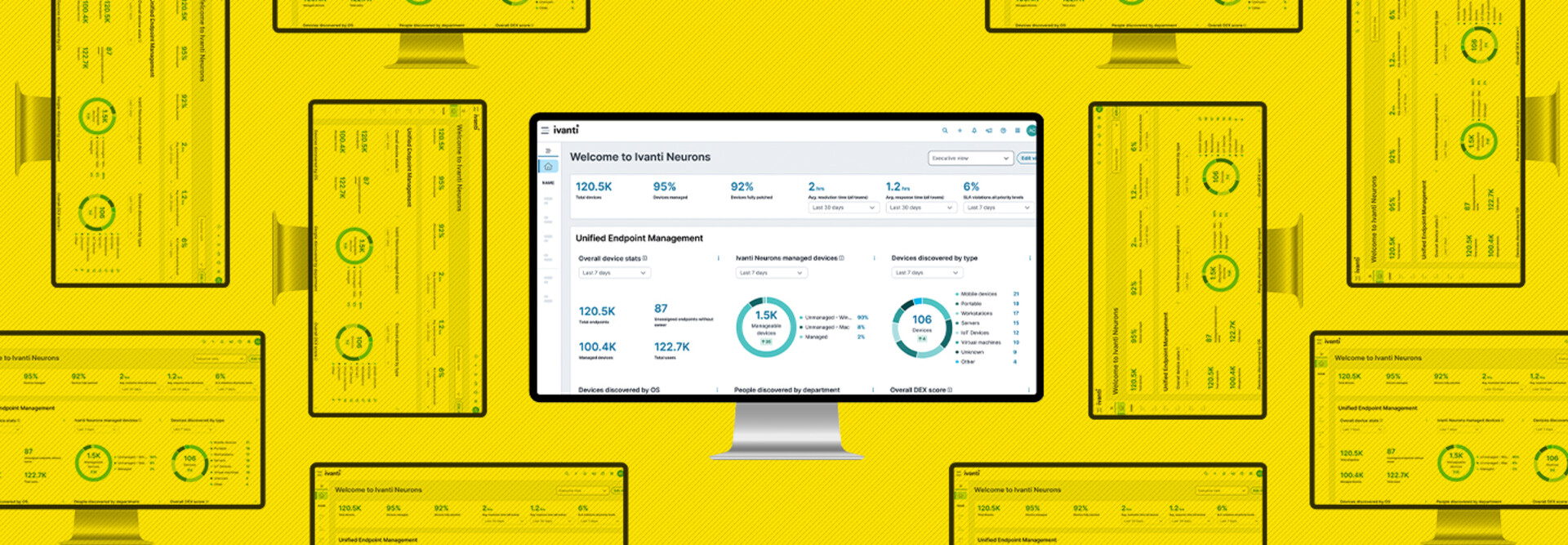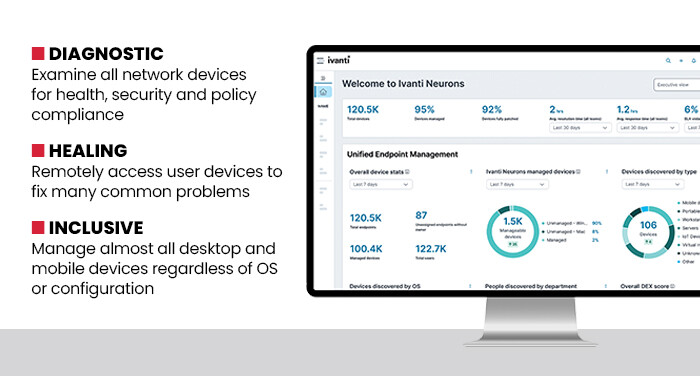Healthcare organizations handle a lot of sensitive information, from financial records to medical histories. Yet many hospitals struggle when it comes to providing enough IT or security resources to protect their entire network or environment.
That’s one reason why healthcare is quickly becoming one of the most attacked sectors. Security is doubly challenging in healthcare because modern facilities rely on mobile devices to enable clinicians and staff to access information about patients wherever they are. Any of those devices could become the bridgehead for an attack.
Thankfully, the cloud-based Ivanti Unified Endpoint Manager was designed with that environment in mind. It allows smaller IT departments to effectively employ automation and artificial intelligence to manage a massive number of mobile endpoints, even if they don’t share a common operating system or are deployed across the organization.
Click the banner below to read the recent CDW Cybersecurity Research Report.
New Devices Can’t Hide on a Healthcare Organization’s Network
The first step with Ivanti UEM is discovery, which is extremely quick. Our test network was able to find Windows desktops and laptops, Android and iOS smartphones, several Chromebook tablets and even a Raspberry Pi system (which is technically an Internet of Things device).
Once detected, information about all of those systems was moved to the central console where the entire enterprise could be managed, monitored and protected. This discovery process is ongoing, so any new device that attempts to connect to a protected network is immediately discovered and categorized.
Find Support for Smaller Healthcare IT Teams
The central management console gives a lot of useful information about the devices it’s watching, including what operating systems and versions the devices are running and if they’re up to date with security patches.
From there, administrators can begin to set the policies that will be required for all devices to maintain access. Those policies can be extremely granular so that, for example, the finance team could operate under different rules than the nursing staff.
IT leaders can also set up AI-informed alerts and automatic healing or problem-solving based on common security issues, freeing staff to concentrate on mission-critical tasks.
EXPLORE: Observability improves IT system performance and supports patient care.
There is even a digital employee experience component to Ivanti UEM that measures how easy it is for people to access and use their applications. Based on DEX information, Ivanti UEM allows administrators to provision and configure applications so that they are easy to use and consistent across the organization.
Ivanti UEM makes it possible for smaller IT teams working in healthcare to manage, protect and streamline thousands of endpoints from a central location. It’s easy to deploy and operate and can quickly scale up as needed. All of that makes it a great tool for those struggling to maintain their defenses as healthcare continues to evolve.
SPECIFICATIONS
Product type: Cloud-based endpoint management and security
Deployment: Software as a Service
Device types supported: Windows, macOS and iOS, Linux, Chrome and Android, and Raspberry Pi endpoints
Capabilities: Enterprisewide endpoint discovery, policy compliance, provisioning, management and monitoring
Optional: Patch management, data loss prevention and vulnerability management












